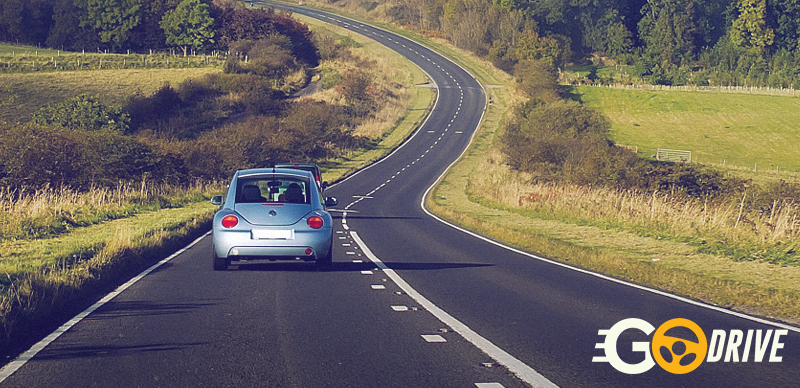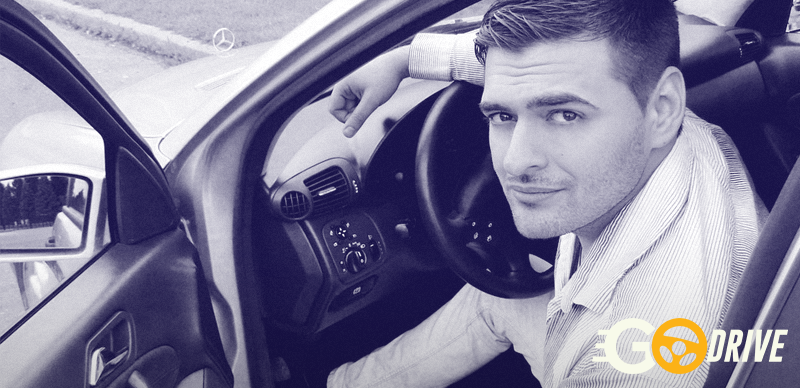
Driving is a privilege, not a right. That’s why anyone who wants to drive a new or old car is required by law to obtain a driver’s license. In the Philippines, this mandate is based on Republic Act 4136 and Batas Pambansa Bilang 398, while the license itself if obtained through the Land Transportation Office (LTO). Below are the four types of driver’s licenses LTO issues.


